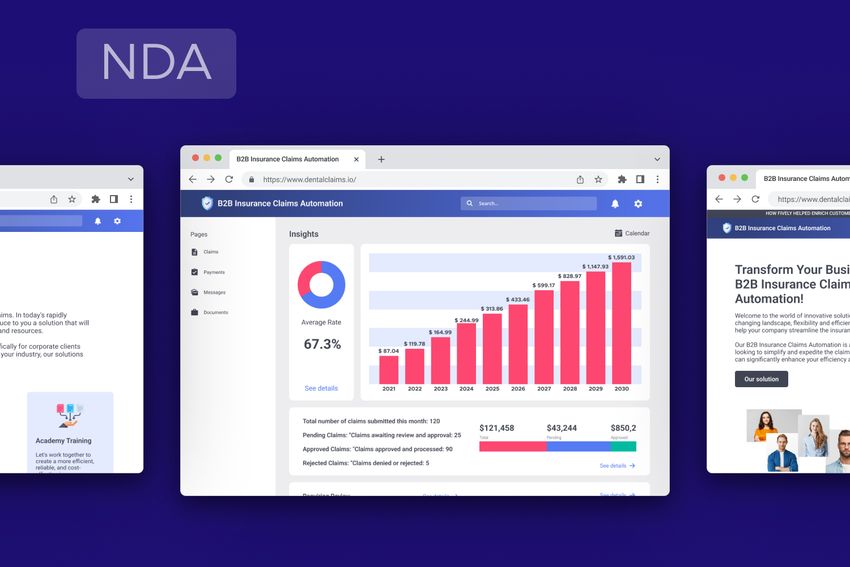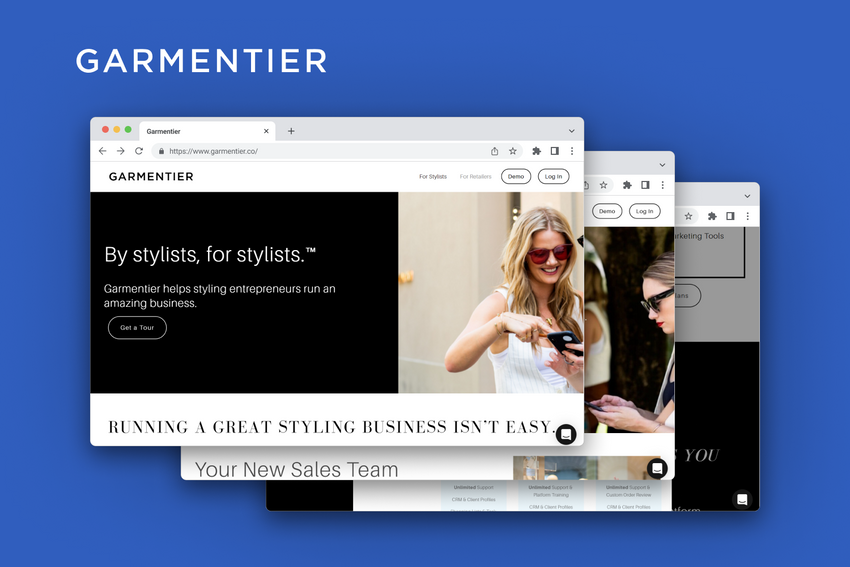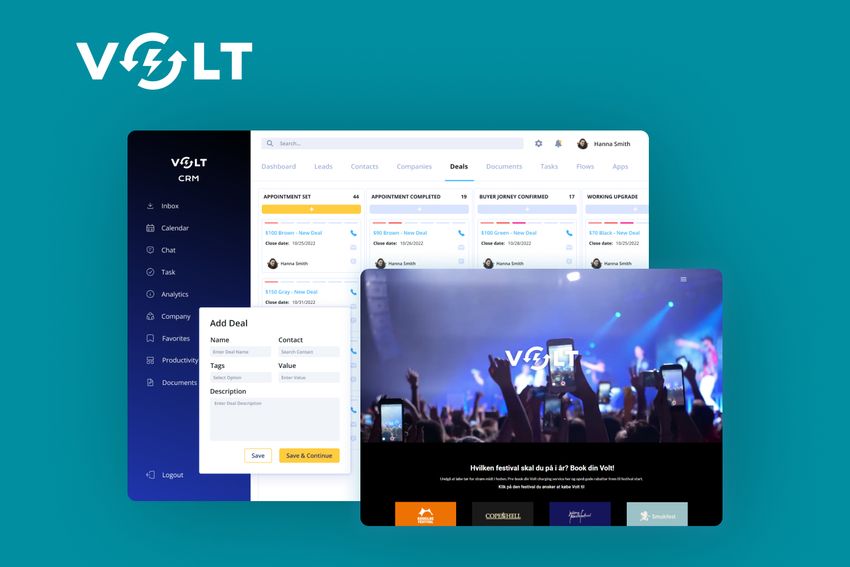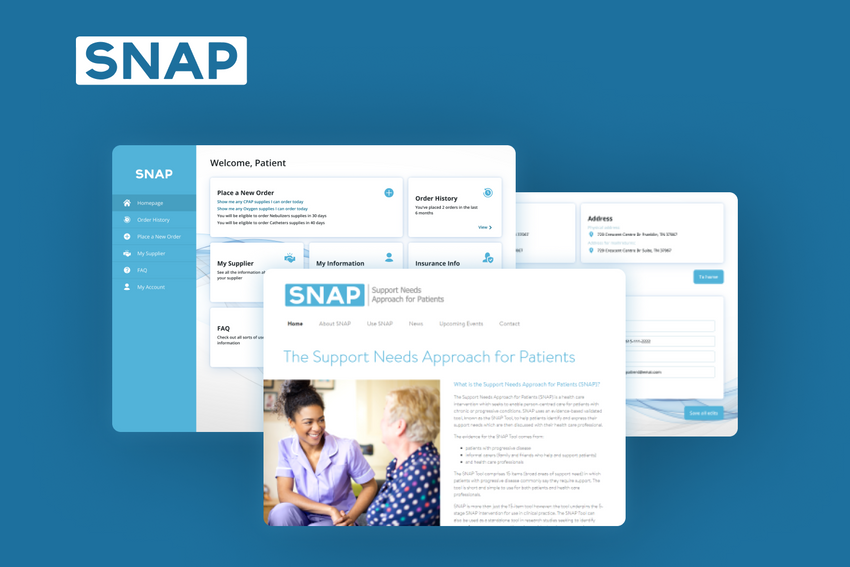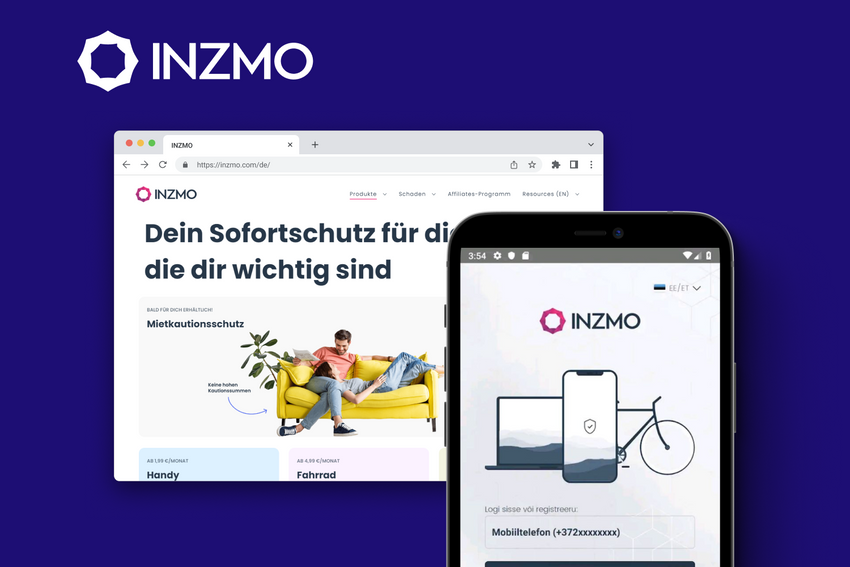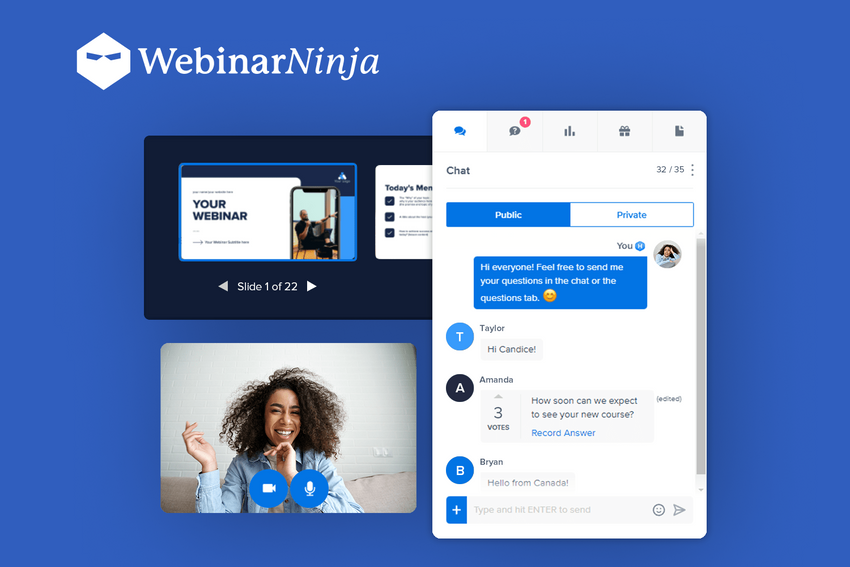Behind Every Great App: The Right Mobile App Development Team Structure
Get the ideal mobile app development team structure guide with hiring models, collaboration tips, and cost factors to help you build successful apps with the right experts.
In most cases, behind a great mobile app isn’t just clean code or pretty screens — usually it’s the right people in the right roles. If you’re a startup launching your first MVP, the structure of your development team can make or break your app’s success.
In this guide, we’ll break down the essential roles, team dynamics, and smart structuring tips to help you build a powerhouse team ready to ship fast and scale smart. Let’s build your dream team together!
Key Takeaways
- A well-structured mobile app development team is essential for building efficient, scalable, and user-friendly applications.
- The ideal team setup typically includes a project manager, UI/UX designer, mobile and backend developers, QA engineer, and business analyst.
- Team size, hiring model, and cost depend on the project's complexity, tech stack, and collaboration approach.
- Choosing between in-house, outsourcing, or a dedicated team depends on your budget, timeline, and control preferences.
- Fively can provide you with full-cycle mobile app development services — from discovery to post-launch support — tailored to startups and enterprises alike.
What Exactly Does a Mobile Software Development Team Do?
A mobile app development team is the engine behind every app you use daily — from that meditation app that keeps you sane to the ride-hailing app that gets you home. But what do they actually do?
At its core, a mobile development team turns business ideas into functional, beautiful, and scalable mobile applications. Their job spans way beyond coding — they work through ideation, user research, UI/UX design, technical architecture, development, testing, deployment, and post-launch support.
Here’s a breakdown of what this team handles:
- Ideation & Planning – They work with stakeholders to define the app’s goals, target audience, features, and success metrics.
- Design & Prototyping – UI/UX designers craft intuitive, user-centric interfaces that bring the product vision to life.
- Development – Frontend and backend developers build the app logic, integrate APIs, and ensure it runs smoothly on target platforms (iOS, Android, or both).
- Quality Assurance – QA engineers test everything — functionality, performance, security, usability — to ensure a bug-free experience.
- Deployment & Launch – DevOps or mobile engineers package and deploy the app to app stores, ensuring it meets all guidelines.
- Post-Launch Support – The team monitors performance, fixes bugs, and ships updates to keep users happy and engaged.
In short, a mobile app development team is your technical partner, making sure your app idea goes from a napkin sketch to a polished product in users’ hands.
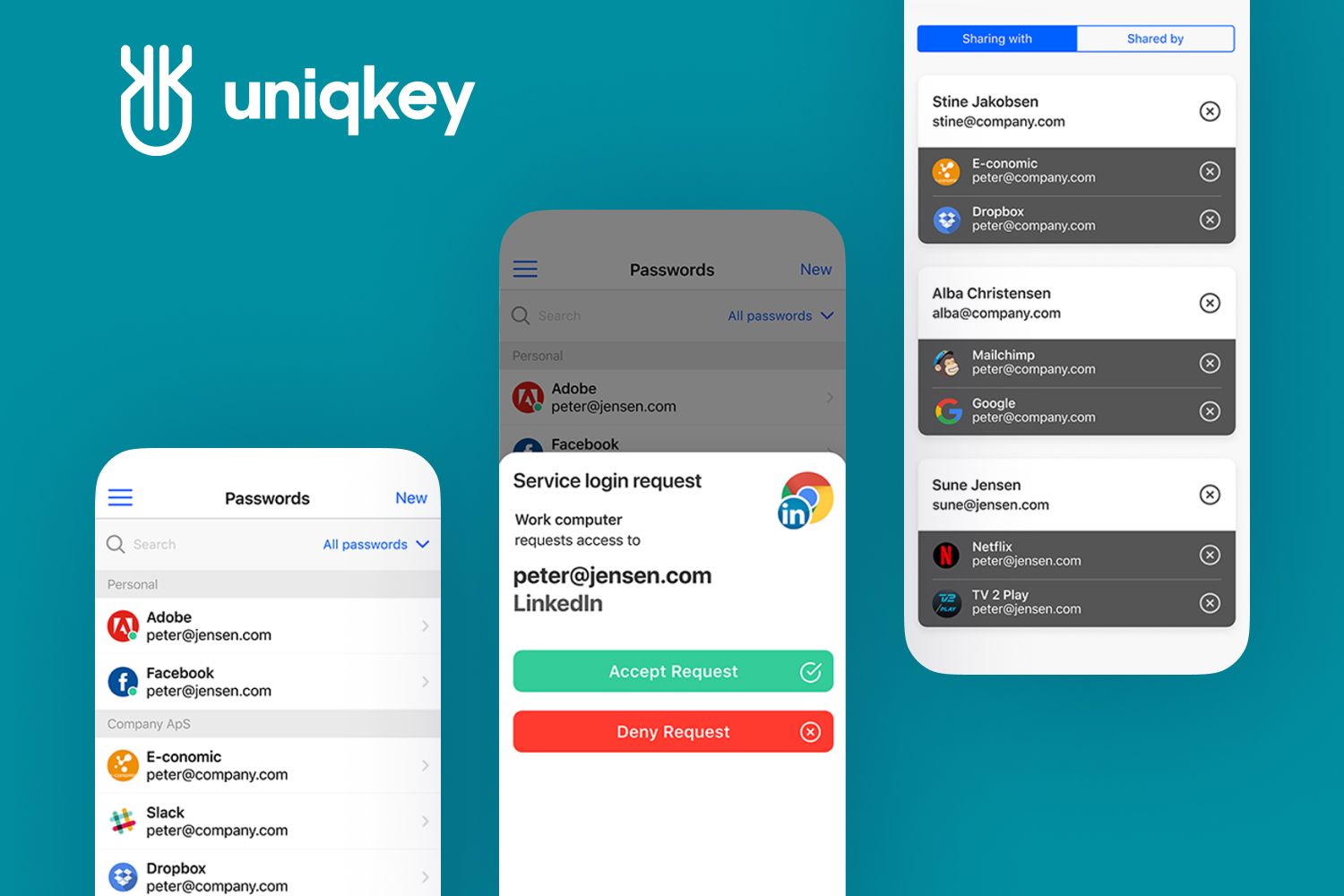
App Development Team Size: How Big Should Your Crew Be?
The size of your mobile app development team depends on the complexity of the app, timeline, and your budget — there’s no one-size-fits-all. Whether you’re building a simple MVP or a full-fledged platform, having the right people (not just more people) is key.
Here’s a general breakdown:
For a Basic MVP (3–5 team members):
- 1 Project Manager / Product Owner
- 1 UI/UX Designer
- 1 Mobile Developer (cross-platform or native)
- 1 QA Engineer
- (Optional) 1 Backend Developer if the app needs server-side logic
Perfect for: Startups, early-stage products, simple utility apps.
For a Mid-Size App (5–8 team members):
- 1 Project Manager
- 1–2 UI/UX Designers
- 1–2 Mobile Developers (iOS + Android or cross-platform)
- 1 Backend Developer
- 1 QA Engineer
- 1 DevOps / Release Manager (optional but helpful)
Perfect for: SMBs, apps with login/authentication, API integrations, admin panels
For a Complex Enterprise App (8–15+ team members):
- 1 Product Owner + 1 Project Manager
- 2+ UI/UX Designers
- 2–4 Mobile Developers (native or cross-platform)
- 2–3 Backend Developers
- 2 QA Engineers (manual + automation)
- 1 DevOps Engineer
- 1 Security Specialist
- 1 Business Analyst
Perfect for: Enterprise software, fintech/health apps, high-security apps, apps requiring scalability, and third-party integrations
Fively recommends: Don’t overstaff early. Start lean, iterate fast, and scale your team as the app (and user base) grows.
Mobile App Development Team Structure: Who’s Who in the Crew
A successful mobile app isn’t just about great code — it’s the result of a well-structured app building team where every role plays a crucial part. Here’s a closer look at who’s usually involved and what they bring to the table:
Project Manager (PM)
The glue that holds it all together. The PM oversees the entire development process, ensures milestones are hit, manages the scope, and keeps communication flowing between stakeholders and the team:
- Coordinates tasks, deadlines, and resources
- Acts as a bridge between business and tech
- Keeps everyone aligned and on schedule
Business Analyst (BA)
Before a single line of code is written, the BA makes sure the product solves the right problem. They define requirements, understand user needs, and align business goals with technical implementation:
- Gathers and documents functional and non-functional requirements
- Identifies market and user needs
- Helps reduce scope creep and ensures clarity
UX/UI Designer
Designs the look and feel of your app. They’re responsible for creating user journeys that are intuitive and interfaces that are visually appealing across all devices:
- Builds wireframes, prototypes, and final UI mockups
- Focuses on usability, accessibility, and interaction
- Ensures consistency across platforms
iOS Developer
Develops and maintains the app for Apple devices. They work with Swift or Objective-C, know the ins and outs of the iOS SDK, and ensure your app meets Apple’s guidelines:
- Implements front-end logic for iPhones and iPads
- Integrates with APIs and backend services
- Prepares the app for App Store submission
Android Developer
Handles the Android side of things. Whether building for phones, tablets, or other Android-based devices, they use Java or Kotlin to deliver sleek, functional apps:
- Builds and maintains Android-compatible apps
- Handles device fragmentation and OS variations
- Publishes to the Google Play Store
Backend Developer
The brain behind the curtain. Backend devs build the server-side logic that powers your app — databases, APIs, authentication systems, and more:
- Develops the architecture, logic, and APIs
- Manages user data securely
- Ensures smooth integration with third-party services
QA Engineer
Quality is non-negotiable. QA engineers test your app across multiple devices and scenarios to catch bugs early and ensure users have a flawless experience:
- Writes and runs manual or automated test cases
- Finds bugs, performance issues, and UI glitches
- Verifies the app meets requirements before release
Together, this squad forms a powerhouse capable of delivering high-quality mobile apps that meet both user expectations and business goals.
Mobile Application Development Stages
Turning an app idea into a polished product takes more than just coding — it's a multi-stage process where every specialist on the team plays a specific role. Here's how it breaks down:
1. Discovery
Who’s involved: Business Analyst, Project Manager, sometimes Product Owner or Client
This stage is all about understanding the market, target audience, and business goals. The team defines the app’s core purpose, main features, and potential risks:
- Conducts competitor analysis and user research
- Defines high-level requirements
- Aligns business goals with technical possibilities
2. Idea Validation
Who’s involved: Business Analyst, Project Manager, UX Designer, sometimes Developers (for rough estimates)
Here, the team validates that the app idea is feasible, viable, and desirable. It often involves wireframing, proof of concept (PoC), or even building a clickable prototype:
- Clarifies technical feasibility
- Estimates the budget and timeline
- Confirms that users want the solution
It may also be interesting: Top Future-Proof Web App Ideas to Build in 2025
3. UI/UX Design
Who’s involved: UX/UI Designer, Business analysts, and a Project Manager.
The next stage is creating the interface of the application, including both the structure and visual appearance. This is where your app starts to take shape visually — it’s all about how users will experience it.
- UI/UX designers create wireframes, clickable prototypes, and beautiful designs that make the app intuitive and enjoyable to use.
- A business analyst helps by prioritizing features, making sure the app’s logic works, and ensuring it aligns with business goals and earlier research.
- A project manager keeps things moving by assigning tasks, solving blockers, and ensuring everyone is on the same page, especially designers and stakeholders.
Although the designer is leading the way, analysts and managers play a significant role in ensuring the design is both intelligent and practical.
4. App Development
Who’s involved: Mobile developers, backend developers, an UI/UX designer, a project manager.
Time to implement the UI/UX design! Usually, there are one or two developers working on a project.
- Mobile developers write the code that powers the app — whether it’s for iOS, Android, or a cross-platform solution like Flutter or React Native.
- Backend developers build what runs in the background — servers, databases, APIs — everything needed to support the app’s features.
- UI/UX designers stay in touch to make sure the design looks and works as planned, and that the final product feels smooth and consistent.
- Project managers help set realistic deadlines, keep everyone coordinated, and ensure regular check-ins between the team and the client.
Depending on how complex your app is, you might need just one developer, or a few working together.
5. Testing
Who’s involved: QA engineers, Software Developers, an UX/UI Designer, and a Project Manager.
After the development is over, it’s time to make sure everything runs perfectly.
- QA engineers carefully test the app to catch bugs, performance issues, or anything that might hurt the user experience.
- Developers fix what’s found, polish the code, and prepare the app for release.
- Designers double-check that the app matches the original designs and works as intended.
- Project managers coordinate testing and fixing, making sure nothing important is missed and everything stays on schedule.
Fively recommends: In order to make the app work flawlessly, integrate testing into your development process and check all the app’s updates asap. This will help you minimize the number of bugs at the final stage.
6. Release
Who’s involved: Developers, QA Engineer, Project Manager
The app is deployed to the App Store, Google Play, or distributed internally. Devs ensure the build meets platform requirements, and QA does final checks, while a project manager is responsible for a smooth launch and sticking to launch deadlines:
- Prepare production builds
- Ensure all features work as expected
- Submit the app to the appropriate stores
7. Continuous Improvement
Who’s involved: Entire Team (especially QA, Devs, PM, Designer)
Post-release, the app is monitored for performance and user feedback. Based on that, the team fixes bugs, rolls out updates, and improves UX:
- Tracks metrics and crash reports
- Implements new features or improvements
- Maintains compatibility with OS updates
Each stage builds on the previous one, and smooth collaboration between team members ensures a high-quality mobile app that users love and businesses benefit from.
What are the Models for Hire Experienced Mobile App Developers
Choosing the right hiring model is crucial for project success. Each comes with its own advantages depending on your budget, goals, and in-house capabilities. Now, let’s look at the breakdown of the different models for hiring an experienced mobile app building team, with pros and cons for each:
In-house Team
An in-house team consists of full-time developers employed directly by your company. This model offers complete control over the app development process, seamless communication, and strong alignment with your company culture. It's ideal for long-term projects that require ongoing support and iterations. However, it comes with higher costs due to salaries, benefits, and infrastructure.
Dedicated Team
A dedicated team is a group of remote professionals provided by a vendor who work exclusively on your project. It combines the consistency of an in-house team with the flexibility and scalability of outsourcing. You get full focus from experienced specialists without the overhead of hiring internally. This model works great for startups aiming to scale quickly while maintaining quality and speed.
Outsourcing
Outsourcing involves hiring a third-party mobile app development company to handle the entire app development cycle. It’s a cost-effective solution that gives you access to global talent and lets your internal team focus on core business tasks. The vendor takes care of team management, tech expertise, and delivery timelines. While it may reduce control slightly, it significantly speeds up time-to-market.
It may also be interesting for you: In-House Team vs Outsourcing Software Development: Pros and Cons of Both Tactics
Freelancers
Freelancers are independent professionals hired for short-term tasks or specific roles. They offer flexibility and lower costs, making them suitable for small features, bug fixes, or experimental ideas. However, managing multiple freelancers can be challenging without strong project coordination. It’s best to use freelancers when your project scope is narrow and well-defined.
Now, let’s see how all of these models compare in a table:
How Much Does It Cost to Hire a Mobile App Development Team?
The cost of hiring a mobile application development team can vary significantly depending on several key factors. Here’s what affects the final price tag:
1. Team Size and Location
Development rates vary widely across regions:
- North America & Western Europe: $80–$150/hour
- Eastern Europe & Latin America: $40–$80/hour
- Asia & Africa: $25–$50/hour
A full team usually includes a project manager, business analyst, UI/UX designer, iOS/Android developers, backend developer, and QA specialist — and more people means higher costs.
2. Project Complexity
The more advanced your app is, the more time and specialists it requires.
For example:
- A simple MVP with basic functionality may take 2–4 months and cost $30K–$60K
- A medium-complexity app (user accounts, payments, API integration) could reach $60K–$120K
- A large-scale app with real-time features, AI, or custom backend systems might exceed $150K+
3. Collaboration Model
Your choice of collaboration model will also affect your budget:
- In-house: High upfront and long-term costs (hiring, office, equipment)
- Dedicated team: Mid-range cost, high flexibility, great for scaling
- Outsourcing: Most budget-friendly, especially for startups
- Freelancers: Lowest hourly rates, but can lead to inconsistent quality in complex projects
4. Design and Platform Choices
Want a unique, animated UI or support for both iOS and Android? Be ready to pay more.
- Native development (separate code for each platform) costs more than cross-platform (like Flutter or React Native)
- A complex user experience design can take weeks to polish and test
5. Technology Requirements
- Advanced tech = advanced pricing.
- AI features, blockchain integration, third-party APIs, or augmented reality can drive up both time and cost.
- More niche technologies may also require specialists with rare skill sets.
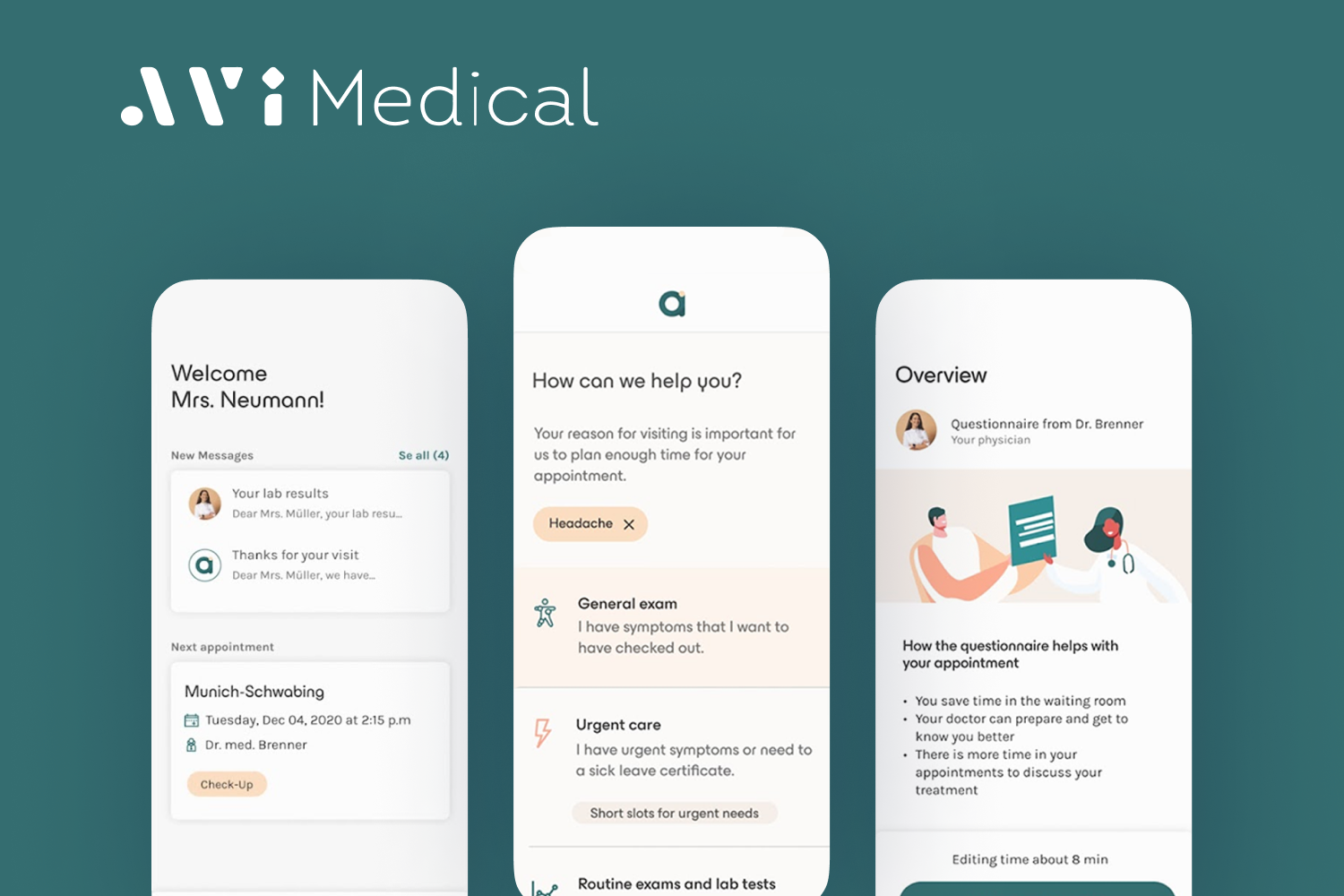
Average Costs in 2025
Here’s a rough estimate for full app development in 2025:
- A simple MVP: $30K – $60K
- A medium-complexity app: $60K – $120K
- A complex custom app: $120K – $250K+
Also, costs may vary depending on the team size:
- A small team (5–7 members): $30,000 – $45,000 per month
- A standard team (8–12 members): $45,000 – $75,000 per month
- An enterprise team (12+ members): $75,000 – $150,000 per month
Remember: choosing the right team structure and collaboration model can help you balance quality with budget, especially important for startups that need fast results without burning through resources.
Best Practices for Effective App Development Team Collaboration
A well-structured team is only as good as its ability to collaborate. To make sure your mobile app development project runs like a well-oiled machine, here are the best practices that top teams swear by:
1. Define and Communicate Expectations
Start with clear goals and KPIs.
Whether it’s time to market, feature priorities, or quality standards, everyone on the team should understand what success looks like, both individually and collectively. Kick things off with a project charter or brief that outlines the vision, timeline, and deliverables.
2. Define Roles and Responsibilities Clearly
Avoid overlapping duties or missing accountability by assigning roles from the get-go. Each team member, from project manager to QA engineer, should know what they own, who they report to, and where their tasks fit into the bigger picture.
Fively tip: Use RACI matrices or team org charts if the project is large or includes remote contributors.
3. Use Project Management Software
Keep the chaos under control with tools like Jira, Trello, Asana, or ClickUp. These platforms centralize task tracking, sprint planning, file sharing, and team updates, helping you stay agile, organized, and transparent. Also, you may integrate your PM tool with Slack or email for real-time updates.
4. Open and Transparent Communication
Create an environment where asking questions, raising blockers, or suggesting improvements is encouraged. Daily standups, weekly retros, and regular client check-ins go a long way. Choose communication channels based on urgency — async for general updates, calls for deep dives, and messaging for day-to-day needs.
When you combine technical talent with strong collaboration, your app doesn’t just get built — it thrives. Keep the team synced, accountable, and empowered, and you’ll see the results in every sprint.
Ready to Work With a Mobile App Development Team?
Today, we explored everything you need to know to assemble the right mobile development team — from core roles and project stages to collaboration models, pricing, and best practices. Whether you’re building an MVP or a full-scale enterprise product, success starts with choosing the right people and structure for your unique needs.
At Fively, we help startups and businesses turn their app ideas into polished, scalable products. Our custom mobile development services cover everything from UI/UX design and backend engineering to QA and post-launch support. Whether you need a dedicated team or expert consultation, we’re here to power up your mobile journey with high-quality, cost-efficient solutions.
Let’s build something great together — reach out and let us know about your project!
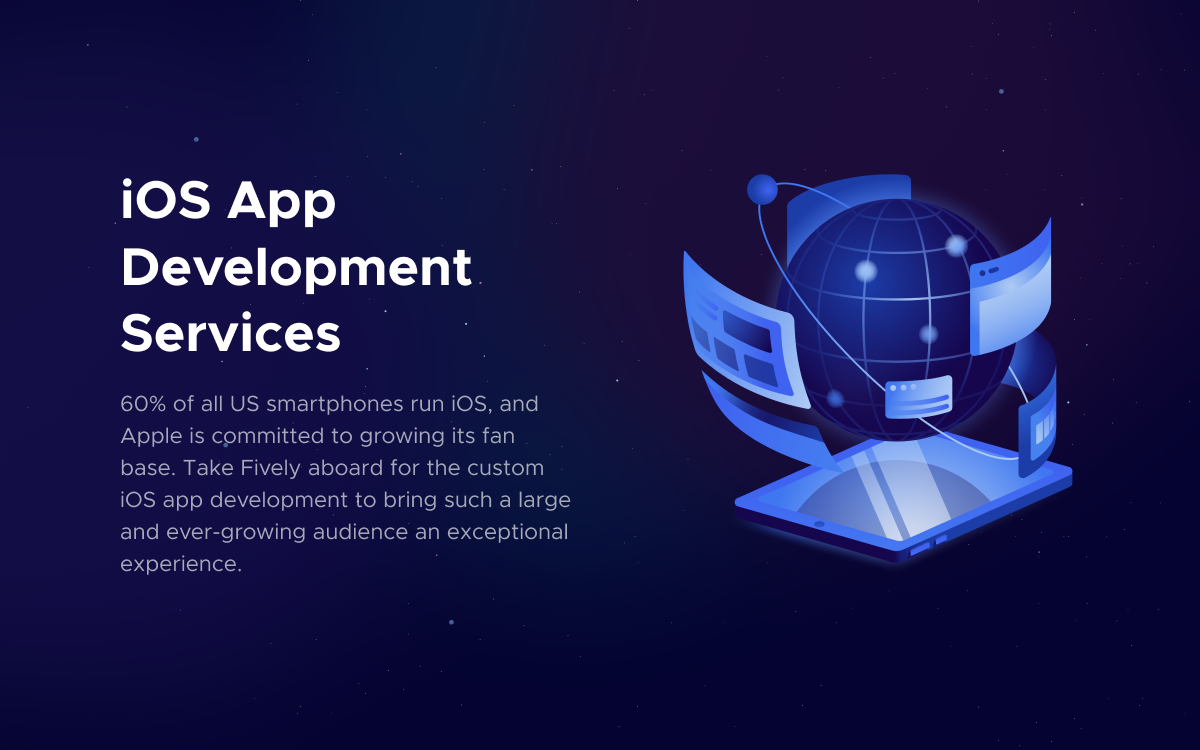
Need Help With A Project?
Drop us a line, let’s arrange a discussion
Frequently Asked Questions
A mobile app development team is a group of professionals responsible for designing, building, testing, and launching a mobile application. It typically includes project managers, UI/UX designers, mobile developers, backend developers, QA engineers, and business analysts. Each role contributes to different stages of the app lifecycle. The team may vary in size and structure depending on the project scope and complexity.
The seven key stages of mobile app development are: Discovery – researching the market and user needs; Idea Validation – defining the app’s core functionality and goals; UI/UX Design – creating the layout and look of the app; App Development – building the front-end and back-end logic; Testing – ensuring the app works as intended; Release – publishing the app on platforms like App Store or Google Play; Continuous Improvement – gathering feedback and updating features post-launch.
Start by defining your project goals and required technologies. Then identify the core roles you need — typically a project manager, designer, mobile and backend developers, and a QA specialist. Decide on a hiring model: in-house, outsourcing, dedicated team, or freelancers. Finally, make sure your team has clear responsibilities, open communication, and access to the right tools for collaboration.






